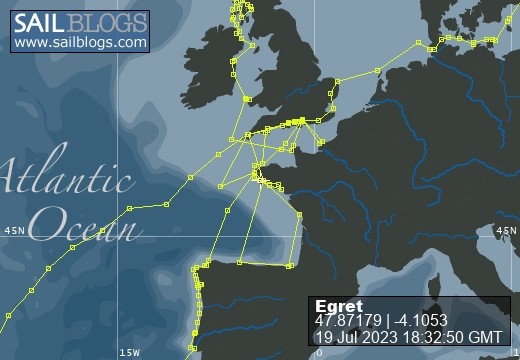
Egret
09 August 2022 | Picture: The Sunk Inner Light Vessel in the Thames Estuary
03 August 2022 | Egret at the Royal Norfolk and Suffolk Yacht Club, Lowestoft
23 July 2022 | Picture: One of the smaller locks at Holtenau
20 July 2022 | Picture: Patrick reminiscing with Juergen at Rostock
11 July 2022 | Picture: Egret at Stralsund, with the barque Gorch Fock beyond
04 July 2022 | Picture: Amanda on Bornholm
01 July 2022 | Picture: Kristianopol, with Egret at far right
26 June 2022 | Ernemar
19 September 2020 | Picture: Egret being lifted out at Ernemar, Sweden
08 September 2020 | Chart: our route from Mem into the Tjust Archipelago
01 September 2020 | Picture: the Carl Johans flight of seven locks
29 August 2020 | Picture: Egret (by G. Einefors)
27 August 2020 | Picture: Egret at Vadstena Castle
25 August 2020 | Picture: Norrkvarn Lock
23 August 2020 | Picture: Egret crossing Lake Vänern
19 August 2020 | Picture: Inside the lowest Trollhatte lock
17 August 2020 | Picture: The Gota Alv Bron in Gothenburg
16 August 2020 | Picture: the GKSS, Langedrag
13 August 2020 | Picture: Egret alongside (left) at Fisketangen
10 August 2019
136. Close-Hauled to the Azores
09 June 2015

With the prospect of a thousand miles sailing close-hauled on one tack, we were determined to make life at least tolerably comfortable. Our plan for the leg from Cape Verde to the Azores was to set out conservatively with the sails well reefed and the sheets just eased, accepting that we might be set slightly to westward of the direct course. Weather routing charts show the north-east trade-winds veering as one gets further north, which would lift us nearer to the course later on. The likelihood was that eventually we would run into the Azores High, when anything might happen, but with a good chance of favourable westerly winds. The first challenge, however, was to escape the winds that are accelerated through the seven mile wide channel between São Vicente and Santo Antão. Rather than tack against them, the easiest route on leaving Mindelo would have been to turn left, run downwind and pass to the west of Santo Antão. But as this would mean emerging thirty miles downwind after motoring through the island's wind shadow, we resolved that a morning slog to windward would be worth the short-term pain. We hauled up the anchor at dawn, hoisted the mainsail with three reefs, set the staysail, and headed out to sea. Being a Monday however, several ships were either departing, moving within the docks or transferring from the anchorage, and we had to wait for a couple to get clear. We were soon enduring a bucking-bronco ride out in the channel, motor-sailing against 20-30 knots of wind, a 1 knot current and a very steep chop.
By midday, after three long tacks, we were finally clear of the islands and sailing in easier winds and seas. We shook out a reef and settled down for the long beat back to Europe. It was three days before we were clear of the Saharan dust cloud - a relief to be able to breathe pure air, scan the distant horizon and to see the moon and stars twinkling brightly in the night sky again. The North Star rose higher each night as "Egret" made her way towards it, steered effortlessly by 'Papa Duggan', her 'Aries' wind-vane gear. With the crossing of latitude 23ºN on day 5, we sailed out of the tropics for the final time. It was cold when the sun went down and we needed sweaters and oilskins when on deck and a sleeping bag to keep warm off watch. The weather over the following week was mixed, with some gloriously clear, sunny days, others with the typical puffy white clouds of the trade-winds, and just a couple of days with rain. The strength of the wind was generally between 10 and 20 knots, with only one occasion when it reached 25 as we passed through a weather front. The wind direction also behaved itself, shifting slightly from time to time, but trending from 040º when we set out to 075º on day 9 at about latitude 30ºN, allowing us to point directly towards our destination.
We knew that "Sula" would be following in our wake a few days after us, but most of the other yachts at Mindelo had been intending to sail to the Mediterranean via the Canaries - a far more difficult trip, directly against the strong trade-winds. Although we lacked other yachts for company, we spotted more ships on this leg than we'd seen for quite a while. Among the crews we were staying in touch with by e-mail were three that were bound for Europe, but had left South Africa several weeks ahead of us so that they could revisit the Caribbean on the way. The hurricane season was approaching, so they were also now making their way towards the Azores, but from a starting point much further west. We had heard that they had run into severe weather. Olaf, on the Swedish yacht "Miss My", with three children on board, reported that they had encountered gusts of over 50 knots in a terrible thunderstorm. We had been trying to join their radio net for several days but propagation had been too poor. Eventually we managed to talk to Jan on the German yacht "Voyager", who told us that they had sustained some damage in the storm and reluctantly decided to return to Martinique. We were very disappointed that we wouldn't be seeing them again as soon as we had hoped. Later we spoke to Göran on another Swedish yacht "Anniara", and were relieved to hear that they had succeeded in avoiding the worst of the weather.
A few days out, a small bird, which we identified as a whiskered tern, tried to land in the cockpit. It kept swooping in, once nearly flying down the companionway, but each time it flew out again when it spotted us. Sadly it never found a place to land, and eventually flew away. A couple of days later we sighted a large sperm whale cruising along the surface next to us on our port side, blowing regularly. Then over to starboard we saw another adult with a youngster which leapt clear of the water numerous times like an exuberant child. We were relieved that they didn't get any closer, and slowly we left them astern. Several pods of dolphins came past, including one of around two hundred, strung out in a long line. We were seeing more and more Portuguese men o' war as we headed north, but they tended to be smaller, and presumably younger, than the ones we'd seen before. Towards the end of the voyage we were surprised to see a juvenile loggerhead turtle swimming past. Apparently they circulate around the North Atlantic with the currents until they return to Florida or the Gulf of Mexico to breed.
For several days we had been monitoring with some anxiety a deep depression which was racing across the Atlantic, with the centre forecast to pass just to the north of the Azores. On day 10 we experienced a change in the weather, with rain and fluky winds which eventually settled in the north, setting us way off course to the north-west. We were happy with this, as it meant we would end up behind the depression, avoiding the strongest winds. We expected to get back on course to the Azores in the favourable breeze that would follow. After another day, we felt we had gone far enough to the west and tacked onto port, which was something of a relief after eleven days heeling the other way. However, the breeze promptly died to less than 6 knots so we turned on the engine. Annoyingly, it had developed a bad oil leak from behind the water pump which I couldn’t easily fix. I rigged up a plastic cup to collect the drips, but had to stop the engine every three or four hours when it was full and return the contents to the sump - a tiresome, messy job. The wind gradually clocked the compass, eventually filling in at about 15 knots from the south-west. We shut down the engine after thirty hours of continuous motoring and enjoyed the wonderful feeling of sailing with the wind abaft the beam again.
We were expecting a front associated with the depression to pass over, and, sure enough, the wind increased during the early hours of day 14 - briefly up to 27 knots - accompanied by rain and a veer to the west. A lovely sunny day followed, but in the evening the wind died completely. We resorted to the engine again and motored on through the night across an ever flattening sea. In the grey, pre-dawn light, the islands of Faial and Pico appeared, looking like a pair of cymbals face down on a silken cloth, partially covered by a connecting cloud. Fishing boats and sailing boats gradually materialised around us, and we knew then that we were close to civilisation with the prospect of company again. Horta, Faial’s main port, is the most popular first port of call for yachts heading for Europe from across the Atlantic. We berthed alongside the reception dock amidst an exuberant throng of yachts of a myriad nations.
By midday, after three long tacks, we were finally clear of the islands and sailing in easier winds and seas. We shook out a reef and settled down for the long beat back to Europe. It was three days before we were clear of the Saharan dust cloud - a relief to be able to breathe pure air, scan the distant horizon and to see the moon and stars twinkling brightly in the night sky again. The North Star rose higher each night as "Egret" made her way towards it, steered effortlessly by 'Papa Duggan', her 'Aries' wind-vane gear. With the crossing of latitude 23ºN on day 5, we sailed out of the tropics for the final time. It was cold when the sun went down and we needed sweaters and oilskins when on deck and a sleeping bag to keep warm off watch. The weather over the following week was mixed, with some gloriously clear, sunny days, others with the typical puffy white clouds of the trade-winds, and just a couple of days with rain. The strength of the wind was generally between 10 and 20 knots, with only one occasion when it reached 25 as we passed through a weather front. The wind direction also behaved itself, shifting slightly from time to time, but trending from 040º when we set out to 075º on day 9 at about latitude 30ºN, allowing us to point directly towards our destination.
We knew that "Sula" would be following in our wake a few days after us, but most of the other yachts at Mindelo had been intending to sail to the Mediterranean via the Canaries - a far more difficult trip, directly against the strong trade-winds. Although we lacked other yachts for company, we spotted more ships on this leg than we'd seen for quite a while. Among the crews we were staying in touch with by e-mail were three that were bound for Europe, but had left South Africa several weeks ahead of us so that they could revisit the Caribbean on the way. The hurricane season was approaching, so they were also now making their way towards the Azores, but from a starting point much further west. We had heard that they had run into severe weather. Olaf, on the Swedish yacht "Miss My", with three children on board, reported that they had encountered gusts of over 50 knots in a terrible thunderstorm. We had been trying to join their radio net for several days but propagation had been too poor. Eventually we managed to talk to Jan on the German yacht "Voyager", who told us that they had sustained some damage in the storm and reluctantly decided to return to Martinique. We were very disappointed that we wouldn't be seeing them again as soon as we had hoped. Later we spoke to Göran on another Swedish yacht "Anniara", and were relieved to hear that they had succeeded in avoiding the worst of the weather.
A few days out, a small bird, which we identified as a whiskered tern, tried to land in the cockpit. It kept swooping in, once nearly flying down the companionway, but each time it flew out again when it spotted us. Sadly it never found a place to land, and eventually flew away. A couple of days later we sighted a large sperm whale cruising along the surface next to us on our port side, blowing regularly. Then over to starboard we saw another adult with a youngster which leapt clear of the water numerous times like an exuberant child. We were relieved that they didn't get any closer, and slowly we left them astern. Several pods of dolphins came past, including one of around two hundred, strung out in a long line. We were seeing more and more Portuguese men o' war as we headed north, but they tended to be smaller, and presumably younger, than the ones we'd seen before. Towards the end of the voyage we were surprised to see a juvenile loggerhead turtle swimming past. Apparently they circulate around the North Atlantic with the currents until they return to Florida or the Gulf of Mexico to breed.
For several days we had been monitoring with some anxiety a deep depression which was racing across the Atlantic, with the centre forecast to pass just to the north of the Azores. On day 10 we experienced a change in the weather, with rain and fluky winds which eventually settled in the north, setting us way off course to the north-west. We were happy with this, as it meant we would end up behind the depression, avoiding the strongest winds. We expected to get back on course to the Azores in the favourable breeze that would follow. After another day, we felt we had gone far enough to the west and tacked onto port, which was something of a relief after eleven days heeling the other way. However, the breeze promptly died to less than 6 knots so we turned on the engine. Annoyingly, it had developed a bad oil leak from behind the water pump which I couldn’t easily fix. I rigged up a plastic cup to collect the drips, but had to stop the engine every three or four hours when it was full and return the contents to the sump - a tiresome, messy job. The wind gradually clocked the compass, eventually filling in at about 15 knots from the south-west. We shut down the engine after thirty hours of continuous motoring and enjoyed the wonderful feeling of sailing with the wind abaft the beam again.
We were expecting a front associated with the depression to pass over, and, sure enough, the wind increased during the early hours of day 14 - briefly up to 27 knots - accompanied by rain and a veer to the west. A lovely sunny day followed, but in the evening the wind died completely. We resorted to the engine again and motored on through the night across an ever flattening sea. In the grey, pre-dawn light, the islands of Faial and Pico appeared, looking like a pair of cymbals face down on a silken cloth, partially covered by a connecting cloud. Fishing boats and sailing boats gradually materialised around us, and we knew then that we were close to civilisation with the prospect of company again. Horta, Faial’s main port, is the most popular first port of call for yachts heading for Europe from across the Atlantic. We berthed alongside the reception dock amidst an exuberant throng of yachts of a myriad nations.
Comments
| Vessel Name: | Egret |
| Vessel Make/Model: | Sweden Yachts 390 |
| Hailing Port: | Chichester Harbour |
| Crew: | Patrick & Amanda Marshall |
Egret's Photos - Main
R.jpg) |
The Gota River, Trollhatte Canal, Lakes Vanern & Vattern and the Gota Canal
2 Photos | 9 Sub-Albums
Created 30 September 2020
|
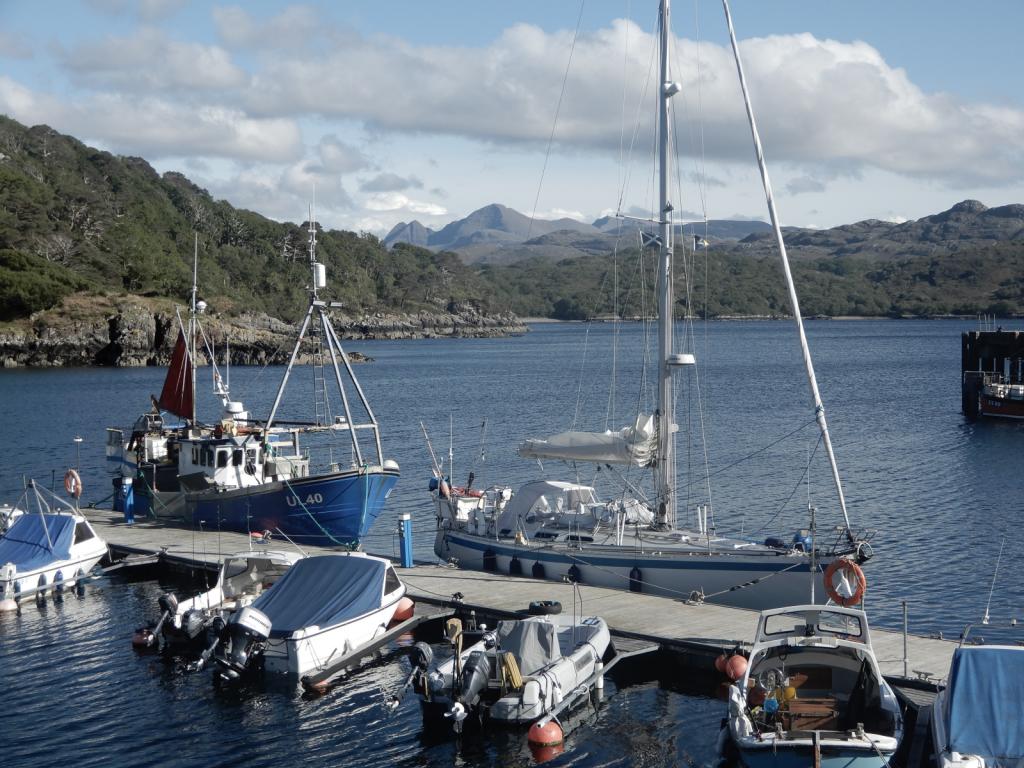 |
The Inner and Outer Hebrides, Orkney, Fair Isle, Shetland, Norway and Sweden's west coast.
1 Photo
Created 14 November 2019
|
|
Normandy, Scilly, Pembrokeshire, Ireland, Isle of Man, Northern Ireland, Inner Hebrides and the Crinan Canal.
1 Photo
Created 14 November 2018
|
Egret
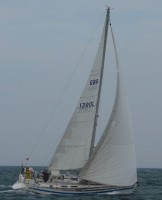
Who: Patrick & Amanda Marshall
Port: Chichester Harbour

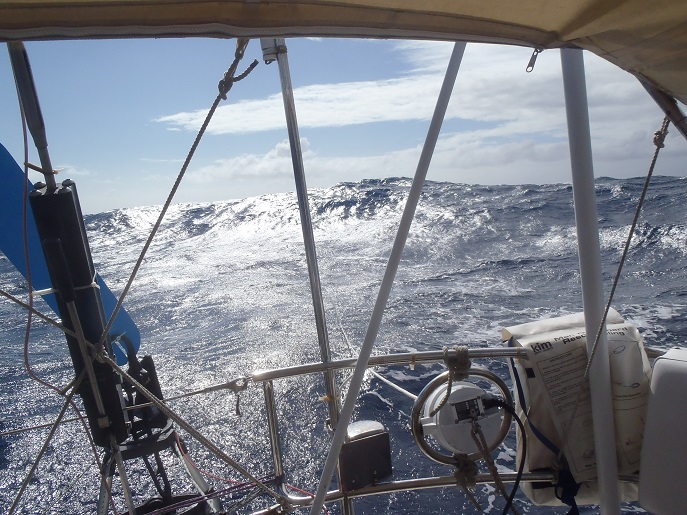
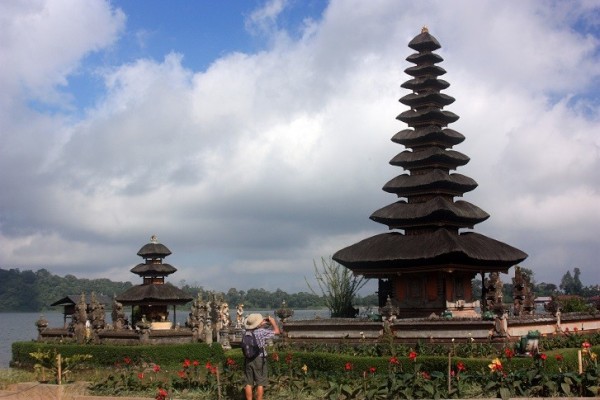
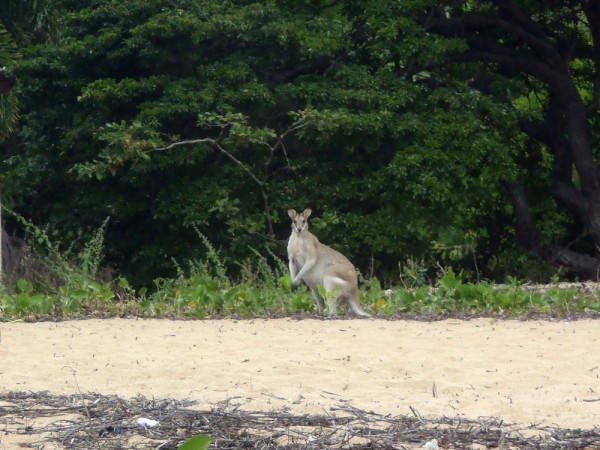
, Pentecost, Naghol (Land diving)a.jpg)
Amanda raising the Quarantine & New Zealand courtesy flagedit_edited-1 a.jpg)
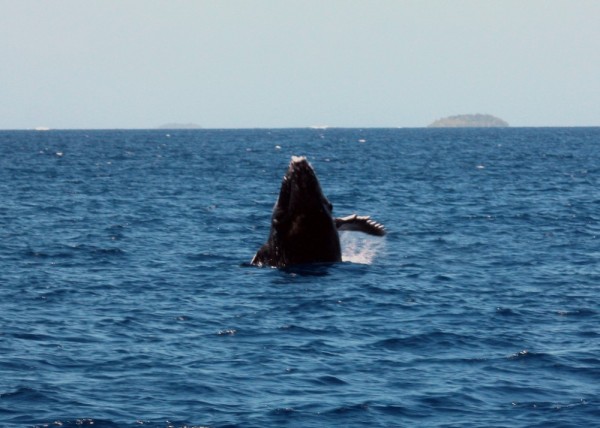
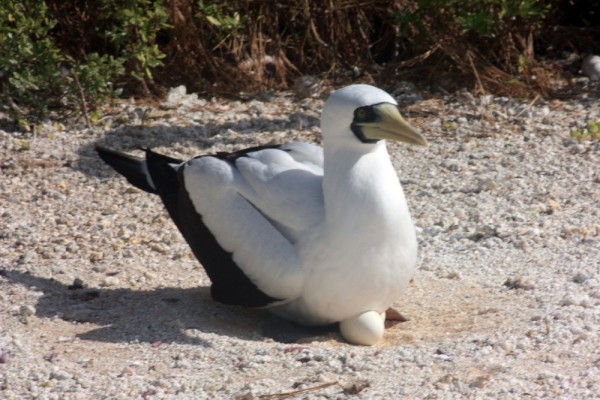
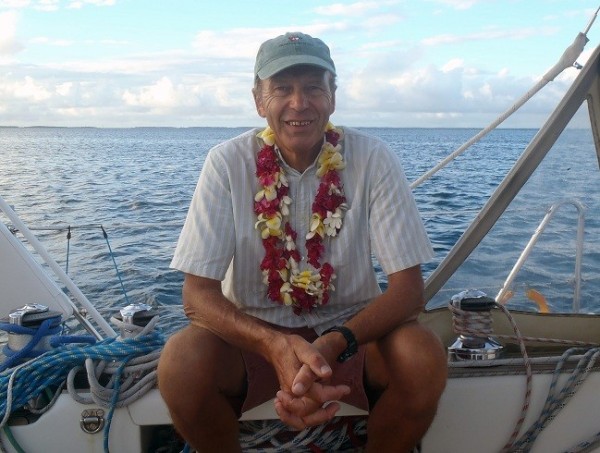
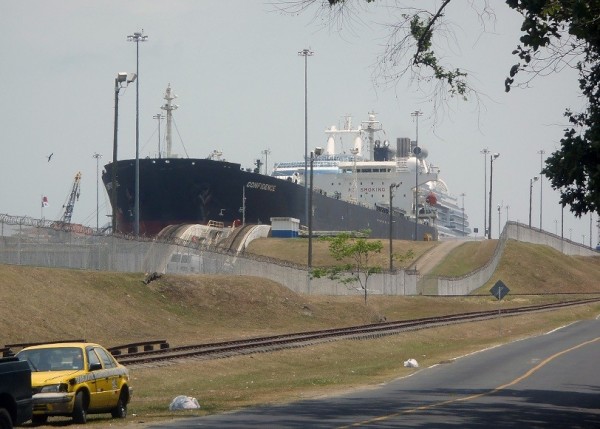
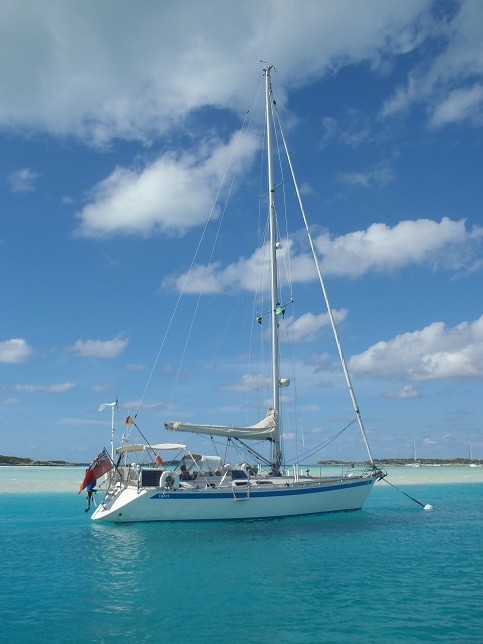
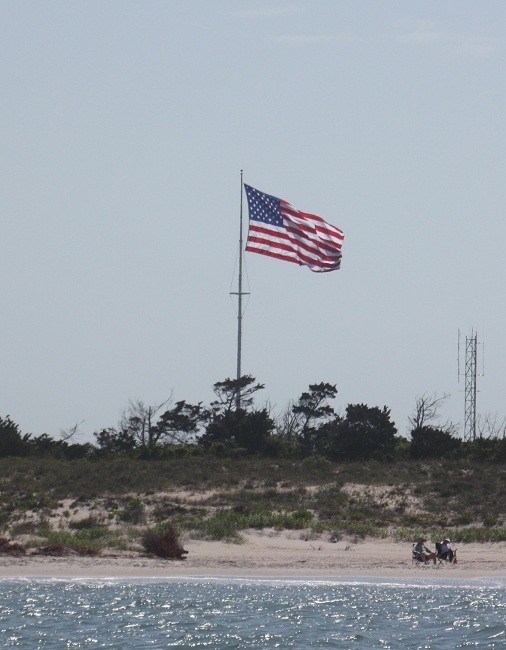
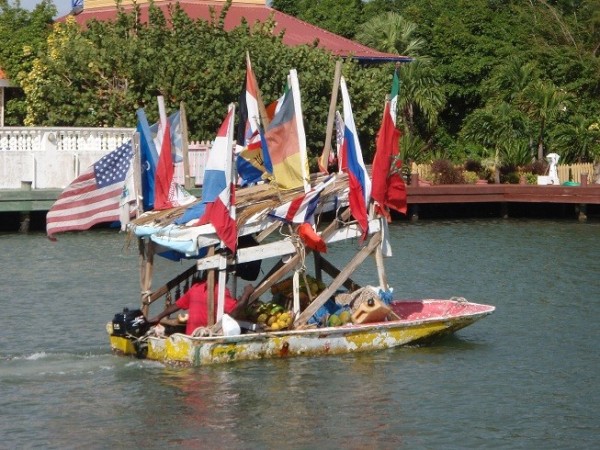
.jpg)

, Statue of Dewaruci at the Navy (Headline) a.jpg)



